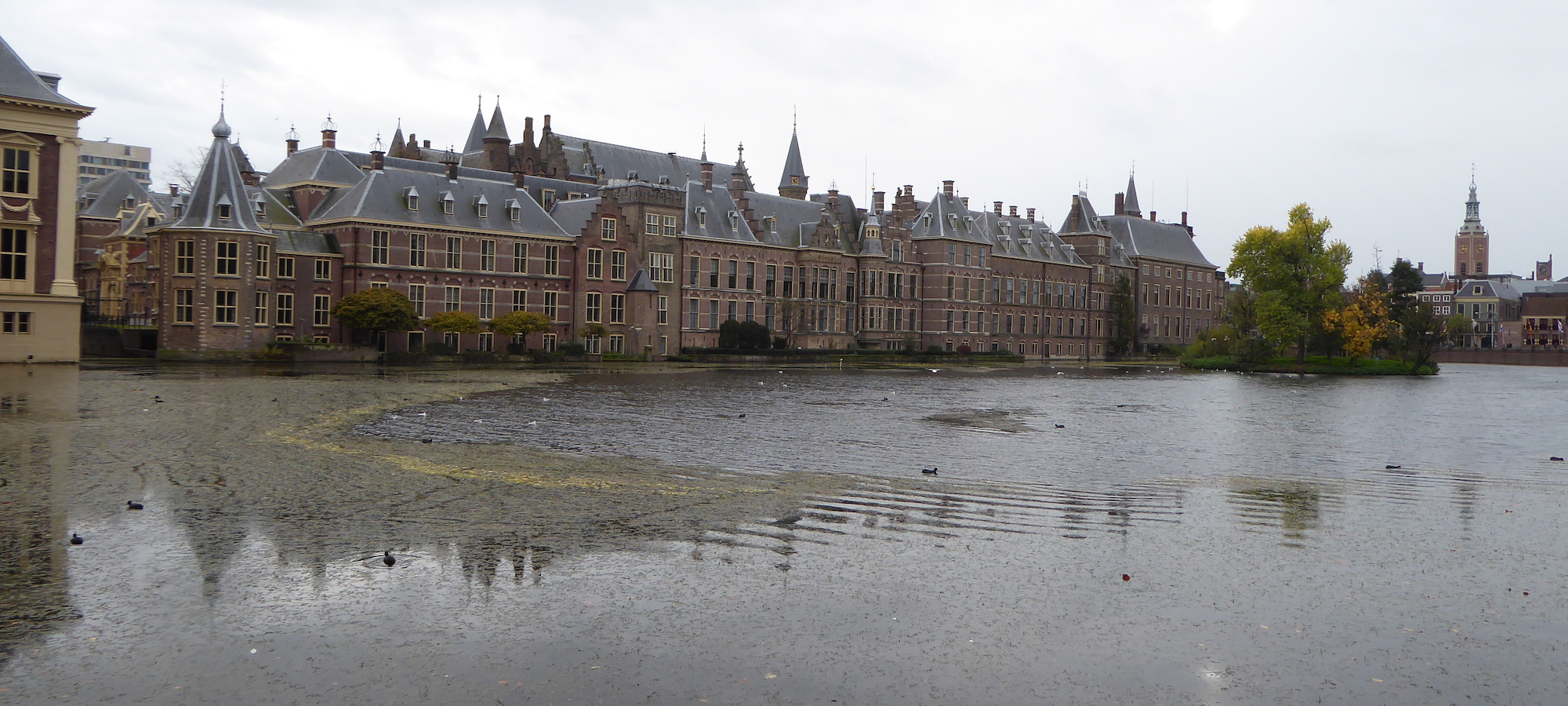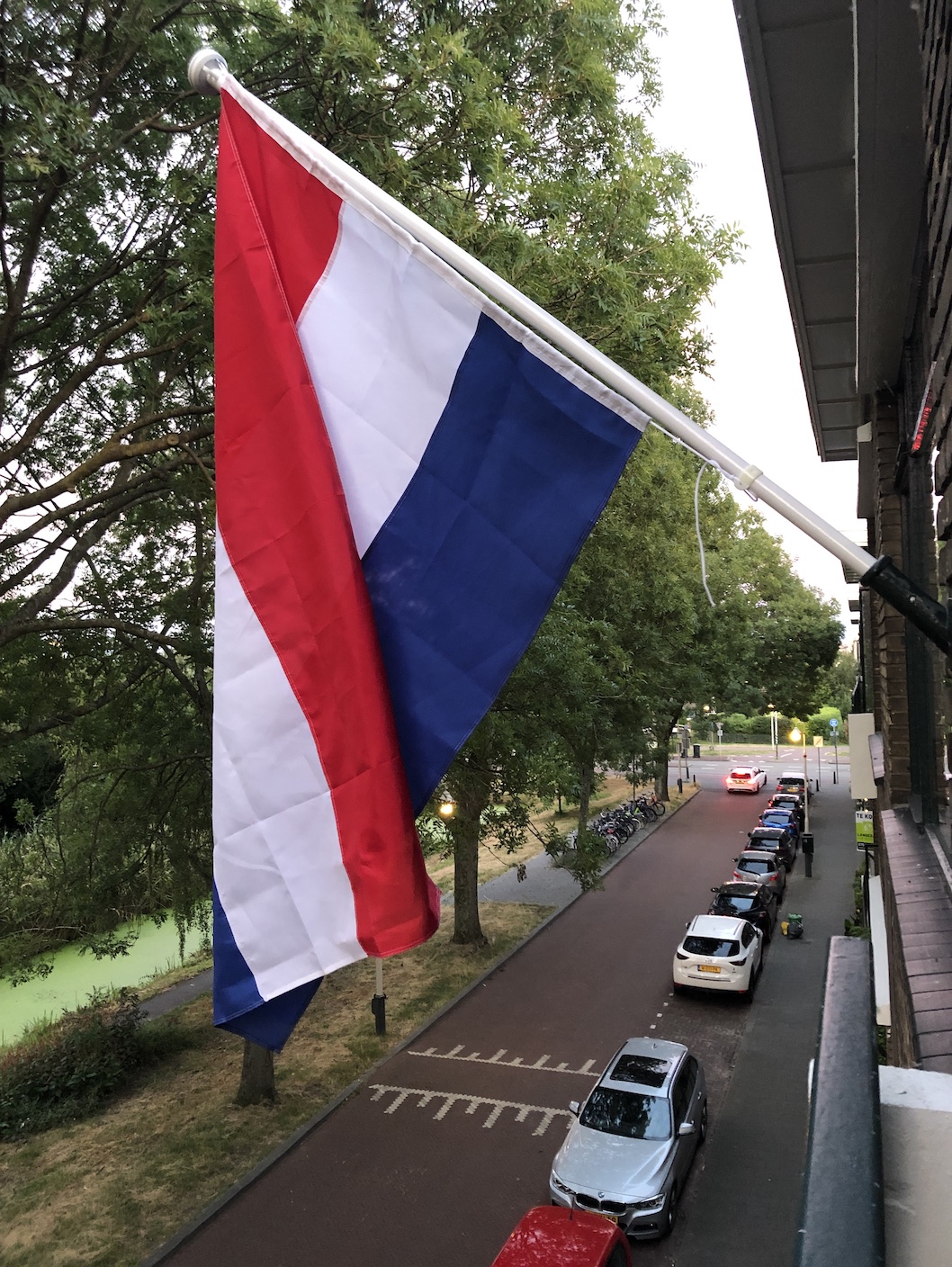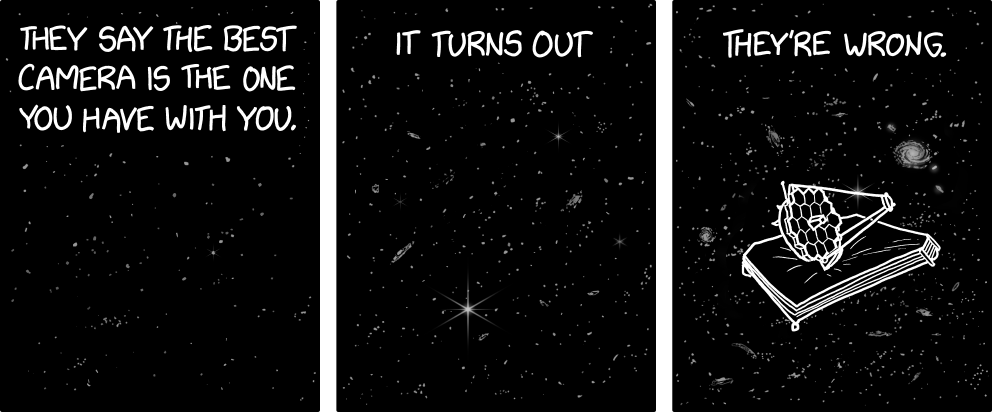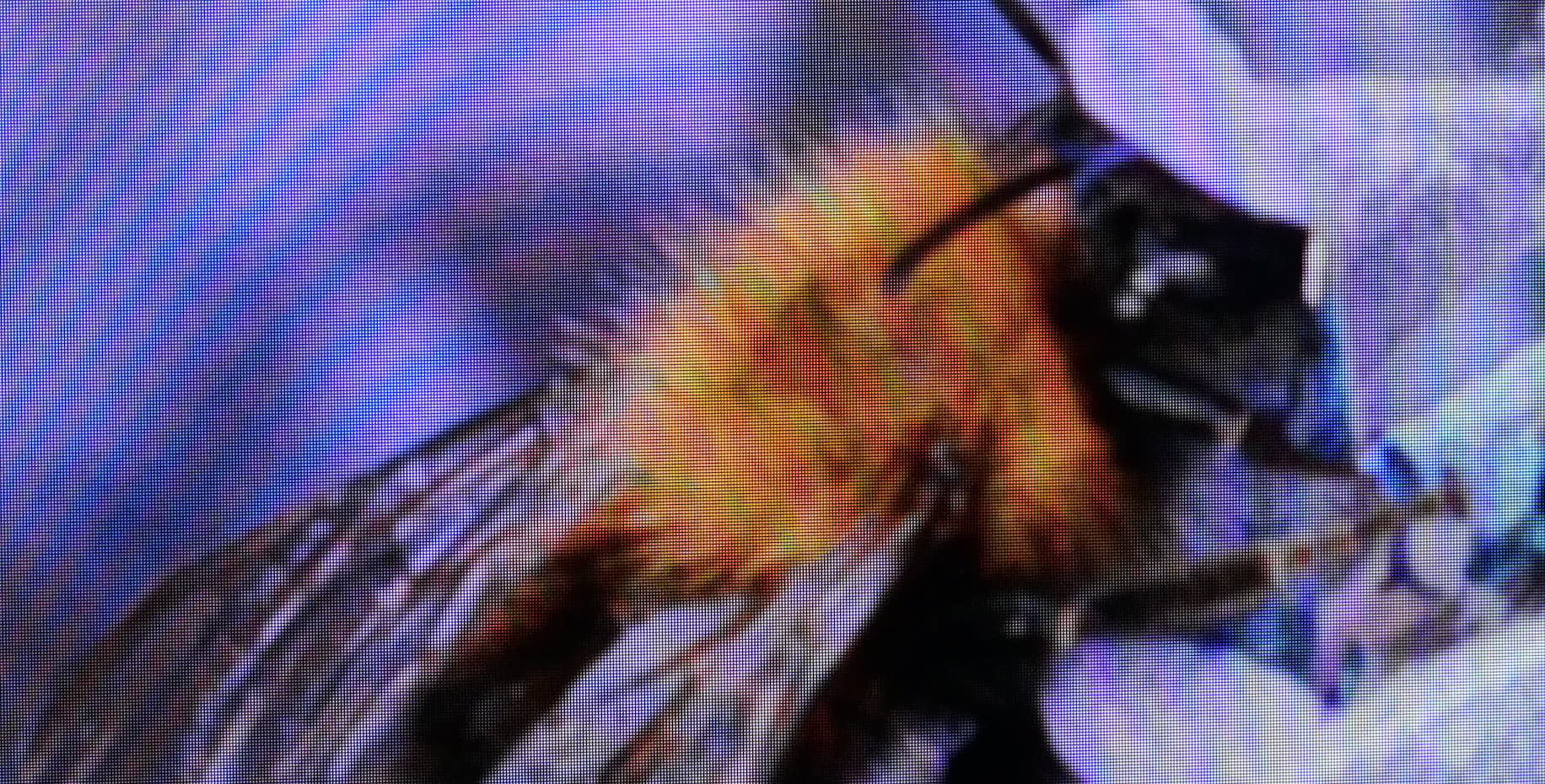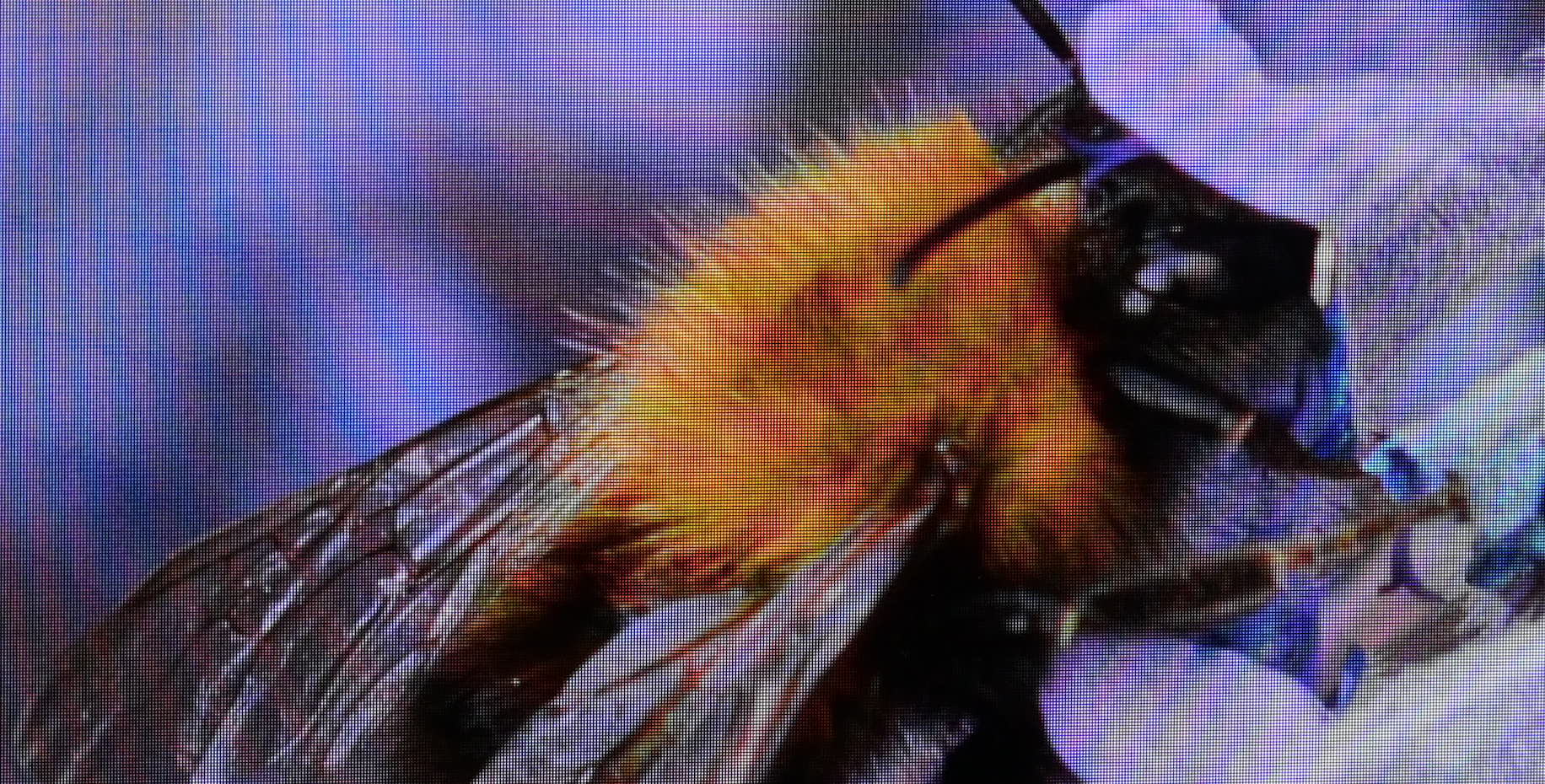▼
De afgelopen dagen hebben de landen van de EU hard onderhandeld over een afspraak om 15% minder gas te gaan gebruiken deze winter: Lidstaten EU eens met gasnoodplan: 15 procent minder verbruik tot april
Het trieste is dat er eigenlijk zo goed als geen overeenstemming is, met overal uitzonderingen. Zelfs Duitsland, dat één van de hardste klappen van het dichtdraaien van de Russische gaskraan moet incasseren, wil "essentiële industrie" uitsluiten. Ok, logisch dat je de essentiële zaken aan de praat wilt houden. Maar dat betekent dus dat je elders meer moet doen. 15% is echt niet een enorme opgave. Als dat al niet kan is dat een enorm brevet van onvermogen. En ook een garantie dat de prijzen door het dak zullen blijven gaan.
Een aanzienlijk deel van het probleem is dat veel afnemers nog niks van de hogere dagprijzen merken. (Mijzelf incluis, ik heb een driejarig contract dat tot augustus 2023 loopt.) Dus nu zijn er nog tuinders die bloemen kweken in gasverwarmde kassen terwijl mensen in slecht(er) geïsoleerde huizen met een laag inkomen straks letterlijk in de kou komen te zitten omdat ze een variabel contract hebben en dus nu enorme prijzen moeten betalen.
Ik zie nog nergens dat de overheden het probleem goed snappen en met oplossingen komen om aan de ene kant de schaarste voor iedereen voelbaar te maken waardoor ook iedereen een reden heeft om zuiniger te zijn, maar aan de andere kant te zorgen dat alle particulieren de winter op een redelijke manier door kan komen. En dat de industrie niet onnodige schade oploopt, maar ook niet vrolijk doorverdient en de problemen bij de samenleving legt.
Permalink - posted 2022-07-26
▼
Last year I got a new webcam, which led me to ask myself what color temperature setting for my Hue lightbulbs would work best with that camera. (Turns out: 4000K.)
But: how do you set your Hue lights to a certain color temperature? I didn't find a good solution for that. So I built my own! And then feature creep kicked in and I ended up with a browser-based tool that can control the lights in various ways. Including having the bulbs change their brightness / color temperature gradually over the course of seconds or minutes or even an hour.
So it got a bit more complex than ideal, and you need to jump through a few hoops to get the name or IP address of the Hue bridge and an authentication key. But I promise it's really nice. It has sliders for easy operation on an iPad and the like, but you can also use the keyboard.
Check it out.
Note that the whole thing runs inside the browser and directly talks to the Hue bridge over the local network. So no information is sent to the server. The authentication key can be stored in the browser's password store where it should be safe from prying eyes. But be careful with what you enter in the bridge IP address field because the authentication key is sent to the system with that address or name.
The huge bridge used to create the name "philips-hue.local" for itself, but now they they create a .local name from their MAC address. For instance:
ndp -a
00178827894e.local 0:17:88:27:89:4e en0 23h59m47s S
Permalink - posted 2022-07-12
The idea behind the AppleTV 4K streaming puck is that you see your content in 4K. In the case of photos in the screensaver, that's not what you get. The AppleTV 4K, showing photos from my laptop using "home sharing" (no not iCloud photos):
When I play a slide show with the same images on my LG OLED TV, I get this:
These are photos taken of the TV image, of course zoomed in quite a lot, but if you're sitting close enough to the TV to be able to tell the difference between HD and 4K, the difference is pretty obvious.
What gives, Apple?
Permalink - posted 2022-07-11

